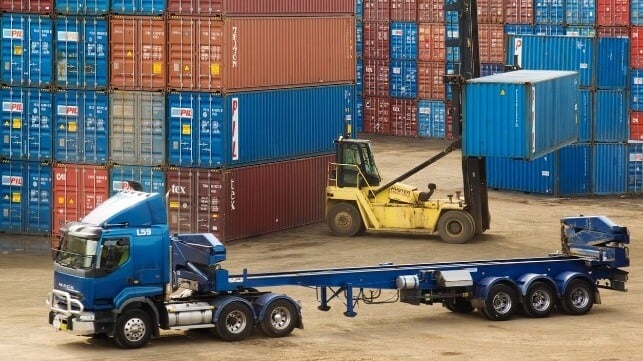Challenges in Australia’s Container Shipping Industry

This year has been particularly tough for containerized cargo shippers. Geopolitical factors and low water levels in the Panama Canal have destabilized supply chains. These disruptions, along with domestic shipping challenges, have led to soaring inflation in several countries. Australia is among the nations most affected. The Australian Competition and Consumer Commission (ACCC) highlighted supply chain disruptions as a significant issue for consumers in its annual report for 2024. Some importers in Australia have faced ocean freight costs that are four to eleven times higher than they were a year ago.
Impact of Supply Chain Disruptions
Businesses that rely on the container freight supply chain are struggling. These challenges affect consumers directly, leading to higher costs and shipping delays. Anna Brakey, an ACCC Commissioner, stated, “It’s been a difficult time for businesses dependent on the container freight supply chain, which in turn affects consumers and impacts the Australian economy through higher costs and shipping delays.” The report suggests that there may be market failures within the container supply chain that require a policy or regulatory response.
One of the main issues identified in the ACCC report is the limited competition regarding landside charges imposed by stevedores and empty-container storage yards. These entities hold significant market power, which reduces their incentive to lower charges for transport operators. Over the past seven years, stevedores in Australian ports have increased their landside charges significantly, far exceeding any increases in their operating costs. For example, between 2016-17 and 2023-24, the total revenue per lift in the stevedoring industry rose by $45 per container, a 22.6 percent increase. In contrast, the total costs per lift increased by only $15 per container, or 8.9 percent.
Rising Costs and Limited Competition
The ACCC report also raises concerns about the pricing practices of empty-container yards. These facilities have similarly raised their fees since 2008. In Sydney, for instance, the cost per container surged from $3 in 2018 to $112 in the first half of 2024. This dramatic increase highlights the lack of competition in the market. According to Ms. Brakey, “Stevedores appear to be able to raise landside charges more easily than charges to shipping lines, as importers and exporters are constrained in their capacity to respond to increases.”
The ACCC believes these price hikes are uncompetitive and may warrant government scrutiny. The current situation poses a significant challenge for Australian businesses and consumers alike. As shipping costs continue to rise, the need for regulatory intervention becomes increasingly urgent. Without action, the ongoing issues in the container shipping industry could further strain the Australian economy and impact everyday consumers.
